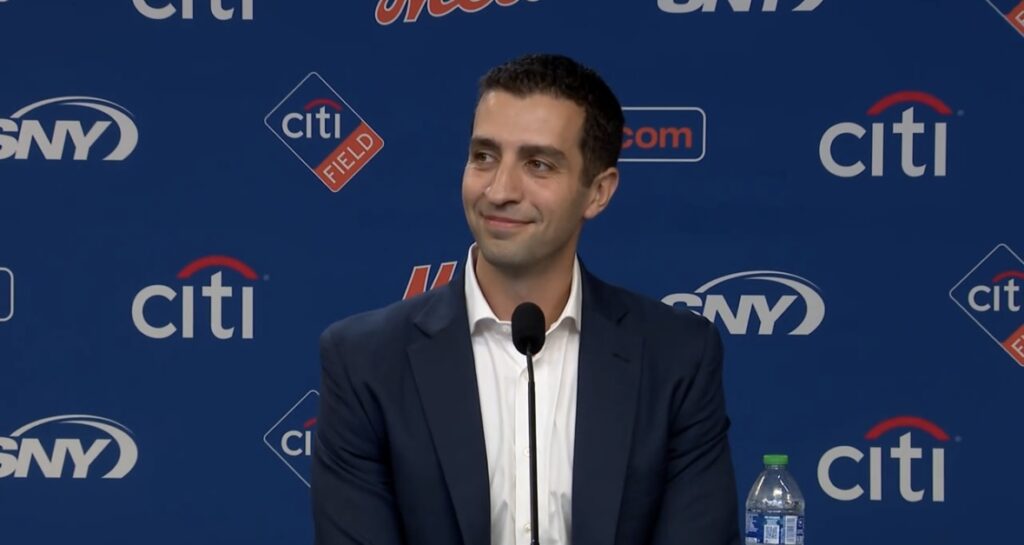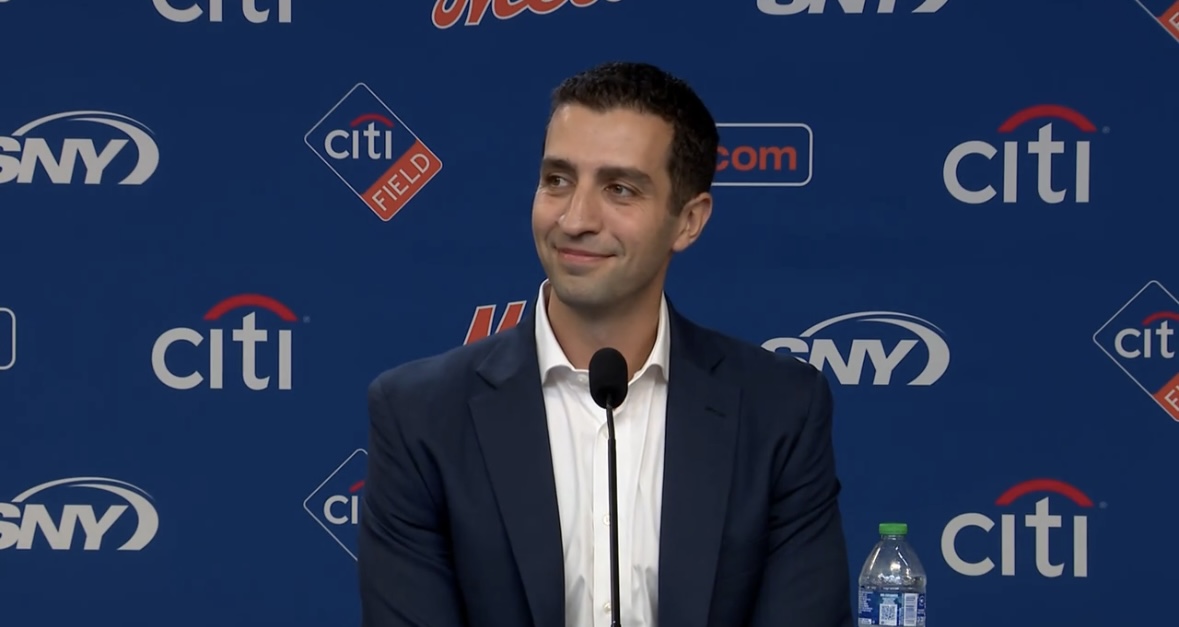With the 2024 season a couple of months away, expectations are much lower for the New York Mets than in 2022 and 2023. Before the 2022 season, the Mets made many acquisitions, headlined by pitcher Max Scherzer. Going into the 2023 campaign, the Mets added (among others) Cy Young award winner Justin Verlander, along with established reliever David Robertson. In preparation for 2024, the Mets have made very modest additions, the most prominent being former Yankees Luis Severino and Harrison Bader.

Moneyball
There are many reasons for the Mets’ conservative approach. One may be that the new president of baseball operations, David Stearns, may need a season to assess the organization before making wholesale changes. Another is that the approach the Mets have been taking has been expensive and, for the most part, unsuccessful.
Owners Steve and Alex Cohen just paid a competitive balance (or “luxury”) tax of $100 million on top of a 2023 year-end payroll of $344 million (all of which resulted in the fourth-place finish and deadline sell-off). It’s reasonable to assume that the Cohens do not desire a repeat of that scenario.
We have also heard that the Mets are spending conservatively because the team is looking to “reset.” This is because of the structure of the competitive balance tax (CBT), which is part of the collective bargaining agreement (CBA) signed before the 2022 season. Here is how the tax works and why teams may choose to reset:
CBT Breakdown
The CBT has an ascending threshold for each of the five years of the CBA.
2022: $230 million
2023: $233 million
2024: $237 million
2025: $241 million
2026: $244 million
Teams are taxed on the amount they go over the threshold.
That tax amount increases depending on how many consecutive years a team goes over the threshold.
First year: 20 percent tax on all overages
Second consecutive year: 30 percent
Third consecutive year or more: 50 percent
There is even more to the CBT. From MLB.com:
A surcharge threshold applies for clubs that exceed the base threshold by $20 million or more.
$20 million to $40 million: 12 percent surcharge
$40 million to $60 million: 42.5 percent surcharge for first year; 45 percent for each consecutive year after that
$60 million or more: 60 percent surcharge
Clubs that are $40 million or more above the threshold shall have their highest selection in the Rule 5 Draft moved back ten places unless the pick falls in the top six. In that case, the team will have its second-highest selection moved back ten places instead.
The Mets exceeded the CBT threshold in 2022 and again in 2023. Their 2022 payroll was $268 million, and their 2023 payroll was close to $344 million (from Sportrac). The Mets’ payroll for 2024 sits at just under $240 million with their current 26-man roster. This number includes the recent addition of Sean Manaea.
The 40-man roster is estimated to have a current payroll of $310 million. Payroll taxes are determined at the end of the season based on the total payroll of the 40-man roster. If the Mets can shed payroll and end the season under $237 million for the 40-man roster, their tax status will reset entering 2025. In this case, if they exceed $241 million in 2025, they will be considered first-time threshold offenders.
Thinking Ahead
With a mediocre free agent class for 2024 and a superior one in 2025, the Mets’ strategy makes sense. The Mets should have payroll commitments of around $170 million (subject to further acquisitions who may sign multi-year deals) before 2025. As a result, they will have room to maneuver and ownership that has shown its willingness to blow past CBT thresholds.
Whether or not the Mets are competitive in 2024 remains to be seen. They have significant needs in both the starting rotation and bullpen. They may be reluctant to add payroll, given the long-term tax implications. Stearns is reportedly exploring the trade market for pitching and may be looking to shed some payroll (such as Omar Narvaez) before taking on a major league contract.
It’s a new approach for the Mets, one we have not seen in the Cohen regime. The Mets are playing the long game, and it’s hard to argue with their rationale. However, the 2024 season may be a tough one in Queens as part of the fallout of the current strategy.
As Gary Cohen said when he signed off after game 162 in 2023, “Mets fans have waited a long time, and they may be asked to wait longer.” Hopefully, it will all be worth the wait.
















